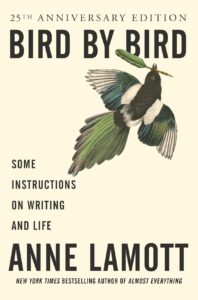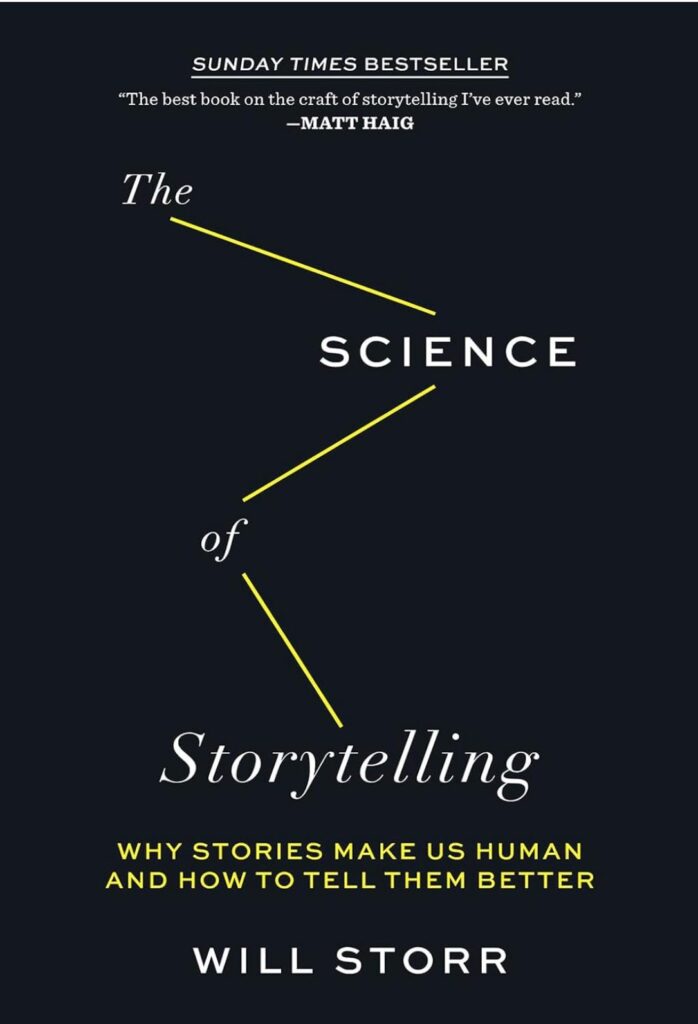Writing a sensual milking scene is an art form all on its own, especially in Hucow stories where transformation and power dynamics are central themes. These scenes can range from being tender and intimate to raw and intense.
No matter the tone you’re going for, engaging your reader’s senses is the key to making these moments unforgettable. If you can make the reader feel the scene—truly immerse them in the sensations—you’re halfway there.
I remember when I first started writing Hucow stories, milking scenes felt tricky. I wondered how I could make them both sensual and grounded in the genre’s unique elements, without it feeling repetitive. What I learned over time is that sensual milking scenes come to life when you focus on all five senses: touch, sight, sound, smell, and taste.
Let’s dive into how you can make your milking scenes engaging by writing with the senses in mind. I’ll share tips and tricks I’ve picked up along the way, and I’ll walk you through some personal examples that have worked in my stories.
Table of Contents
ToggleTouch: The Foundation of Sensuality
Touch is the most obvious sense to tap into when writing a milking scene. The physical sensations involved in the act of milking are central to the experience, and you want your readers to feel every moment. But it’s not just about the literal act of milking—it’s about how it feels emotionally for the Hucow and how her body responds.
In one Hucow story I wrote, I focused on the gradual buildup of sensation. The warmth of the Alpha’s hands as he touched her, the cold of the milking equipment, the way her body ached with fullness before the release. Every physical sensation adds to the intensity of the moment.
Example: “The cool metal of the machine touched her skin, sending a shiver down her spine. The tension in her swollen breasts was unbearable, but when the first gentle tug came, it was like a floodgate had opened. Her body trembled, her skin sensitive to every touch, every shift in pressure.”
Tip: Use Contrast in Touch
Play with contrasts. Maybe the hands on the Hucow’s body are rough, but the sensation of the milk flowing is soft. Or perhaps the equipment is cold while the Alpha’s breath is warm against her skin. This interplay heightens the experience for the reader.
Sight: Painting the Scene
Don’t forget that your readers need to visualize the scene. What does the setting look like? What does the Hucow see as she’s being milked? Is it a private, intimate space, or is she being milked in front of others, adding an element of vulnerability or exhibitionism?
When I write milking scenes, I like to focus on the details of the surroundings. In one story, the Hucow was in a barn, and the dim lighting and shadows added to the tension. The glistening droplets of milk, the gleam of metal from the equipment, the Alpha’s intense gaze—these visual details set the stage.
Example: “The barn was dim, only the soft glow of lanterns illuminating the space. Her body reflected in the mirror, pale skin flushed as milk dripped into the containers below. She couldn’t tear her eyes away from the sight of the Alpha, watching her with a hunger she could feel deep in her bones.”
Tip: Show, Don’t Tell
Instead of telling the reader that the milking is sensual, show them through the Hucow’s reactions and what she sees. Use visual descriptions sparingly but effectively, so each image feels vivid and purposeful.
Sound: Creating Atmosphere
Sound is an often overlooked sense in writing, but it can add so much to a milking scene. What does the milking equipment sound like? Are there quiet moans, gasps, or even whispered words between the Alpha and the Hucow?
In one of my stories, I used sound to create a rhythm to the scene. The steady hum of the machine, the soft gasps of the Hucow, the creaking of the floorboards as the Alpha circled her—these sounds made the scene feel alive and immersive.
Example: “The soft whirring of the machine filled the room, a steady rhythm that matched the beat of her racing heart. She could hear the quiet drip of milk, and the sound of the Alpha’s slow, deliberate footsteps behind her sent shivers down her spine.”
Tip: Layer Your Sounds
Think about the layers of sound in the scene. Is there background noise, like birds or machinery? How does the Hucow’s breathing change as the scene progresses? By layering different sounds, you can make the scene feel more immersive.
Smell: Enhancing the Sensual Experience
Smell is often forgotten in writing, but it’s a powerful tool for drawing readers into a scene. In a milking scene, smells can evoke the raw, earthy nature of the act. The smell of fresh hay in a barn, the scent of the Hucow’s body as she’s milked, or even the subtle aroma of the Alpha’s cologne can enhance the mood.
In a story I read, the author used the smell of milk itself to heighten the sensuality of the scene. As the Hucow was being milked, the scent of fresh milk filled the air, grounding the moment in something primal and intimate.
Example: “The air was thick with the scent of hay and fresh milk, mingling with the musk of his skin as he leaned closer. It was overwhelming, the aroma stirring something deep inside her, making her feel raw and exposed.”
Tip: Use Smell Sparingly but Impactfully
While smell can be a great addition to a scene, it’s easy to overdo it. Pick one or two key scents that will heighten the mood, and describe them in a way that complements the other senses.
Taste: Bringing the Scene to Life
Taste might seem tricky to include in a milking scene, but it’s possible, especially if there’s a moment where the milk is tasted or shared. In some Hucow stories, the act of tasting the milk becomes a moment of deep intimacy between the Hucow and the Alpha.
In a milking scene I wrote, the Alpha tasted the milk straight from the source, and it became a pivotal moment in their relationship. The taste of the milk was more than just physical—it represented the Hucow’s submission and the bond between them.
Example: “He leaned in, his lips brushing against her skin, and she gasped as he tasted the milk. The sweetness filled his mouth, and for a moment, time stopped as their eyes locked, the intimacy of the act pulling them closer together.”
Tip: Use Taste to Deepen Intimacy
If you choose to include taste in a milking scene, make it a moment of connection. It should feel intimate and meaningful, representing the bond between the characters.
Conclusion
When writing sensual milking scenes, it’s important to think beyond just the physical act. By engaging all five senses—touch, sight, sound, smell, and taste—you can create an experience that feels immersive, intimate, and unforgettable for your readers.
Remember, the key to any good scene is balance. Don’t overwhelm the reader with too much sensory detail at once. Instead, focus on the moments that matter most, and use the senses to draw them in deeper.
In my own writing, I’ve found that the more I focus on the Hucow’s emotional journey through these scenes, the more powerful the sensory details become. The milking isn’t just a physical act—it’s a moment of transformation, surrender, and connection between the Hucow and the Alpha.
References
Below is a list of references you may find useful in further research into the fascinating area of hucow erotic writing:
- Hucow Dreams – A complete guide to Hucow fiction, filled with stories, writing resources, and an active community for both authors and enthusiasts.
- Romance Writers Hub – A dedicated space for romance writers, offering expert guidance, tips, and tools for those writing in specialized genres like Hucow fiction.
- Breeding Storylines Uncovered – A site focused on exploring breeding storylines within erotic fiction, providing deep dives into how to craft effective breeding plots.
- Mastering Power Dynamics – A comprehensive resource for understanding power dynamics in fiction, particularly in the Hucow genre, with a focus on dominance, submission, and character relationships.
- Milking Moments Anthology – A curated collection of Hucow and milking-themed stories, offering inspiration and writing advice for creating memorable milking scenes.
- Steamy Fiction Writing Guide – A practical guide to writing steamy, sensual scenes in erotic fiction, with tips specifically for Hucow writers looking to enhance the intensity of their stories.
- Transformation in Romance – A resource dedicated to the exploration of transformation themes in romance fiction, with particular focus on emotional and physical changes relevant to Hucow stories.
- Erotic Writing Strategies – An all-encompassing resource for erotic fiction writers, offering advice on character development and creating impactful erotic scenes, including those within the Hucow genre.







































